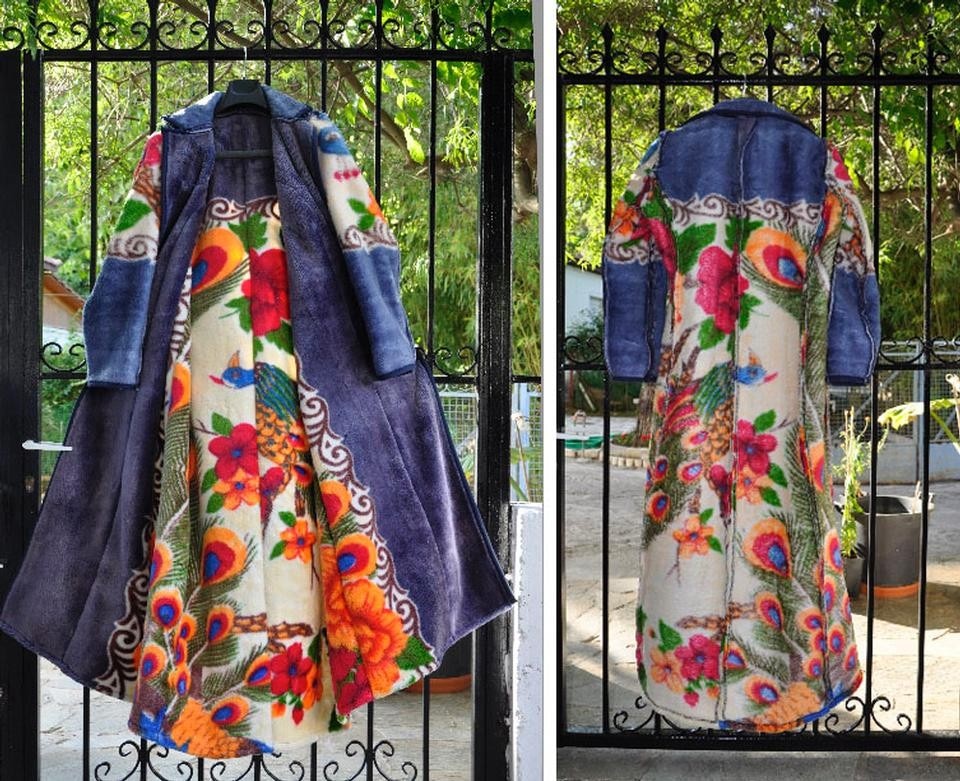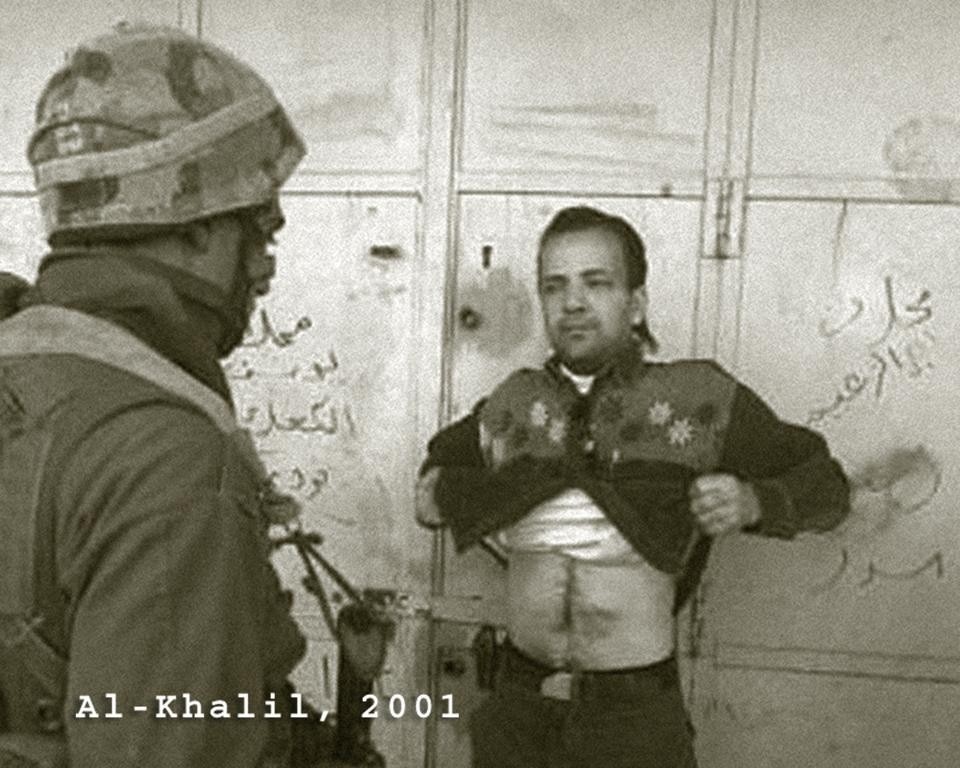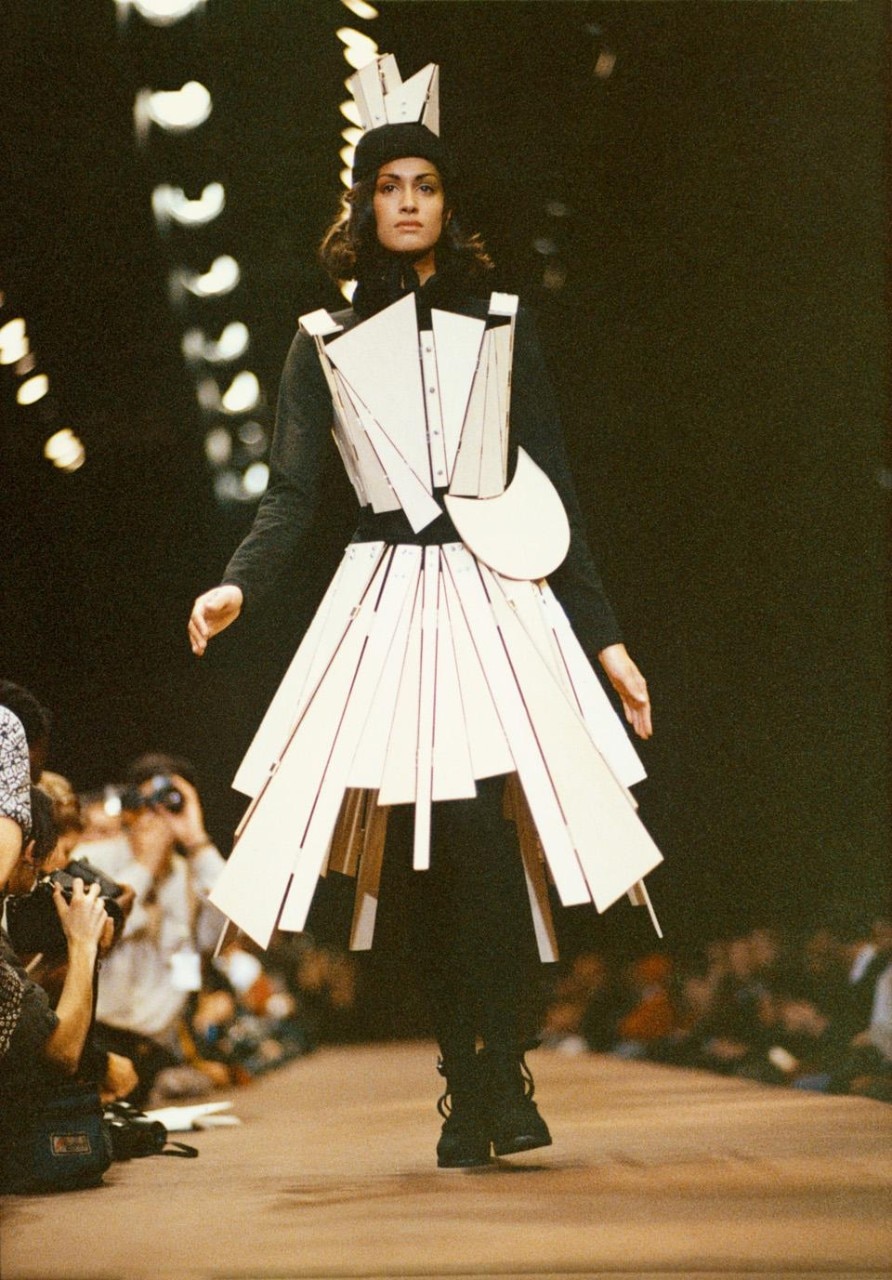In its third and final iteration, artist Lucy Orta and curator Gabi Scardi have brought together a "non-exhaustive" group of artists who explore the image-regime of clothing and other outward forms of self in such a way as to propose a conception of geopolitics through patterns of attire. Their argument binds cultural representation to the person, while treading softly along the subject-object dichotomy that readings of external surfaces imply. Put more provocatively, "Aware" indicates to the viewer that in fact: we wear what we are. In her catalogue essay, Scardi quotes Virginia Woolf on the individual's assumption of style: "[I]t is clothes that wear us and not we them; we may make them take the mould of arm or breast, but they mould our hearts, our brains, our tongues, to their liking" (Orlando, 1928). Scardi and Orta's contemporary art angle on this premise seems to be that in the age of itinerancy, global mobility and rapid image distribution, the sense of belonging once intrinsic to geographic place is now more easily expressed (or subverted) by dress. Clothing, then, is a type of architecture on the level of the individual.
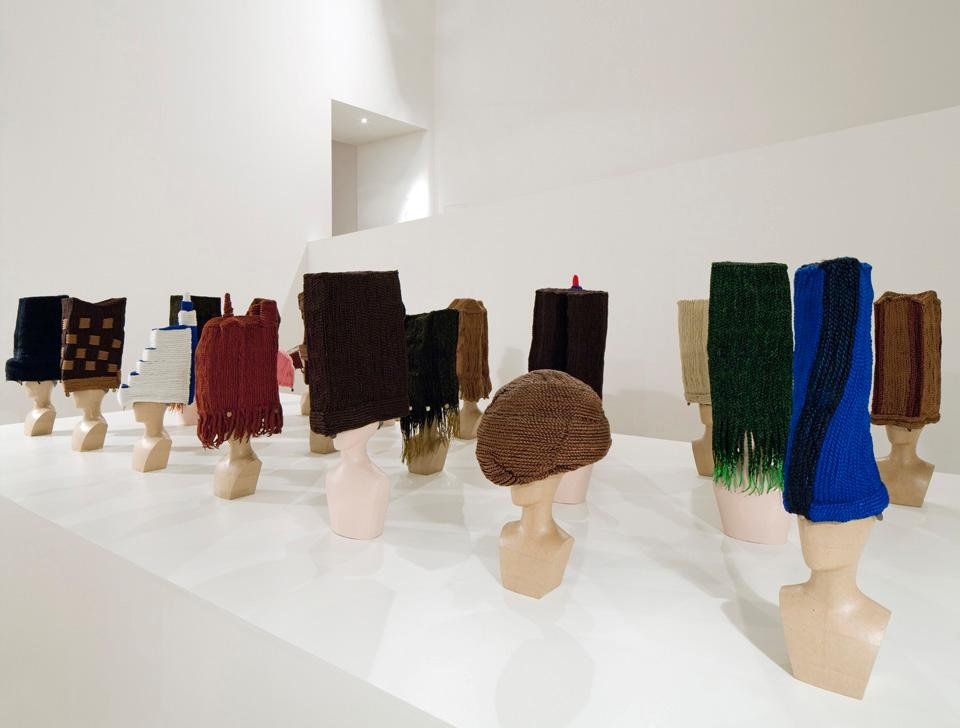
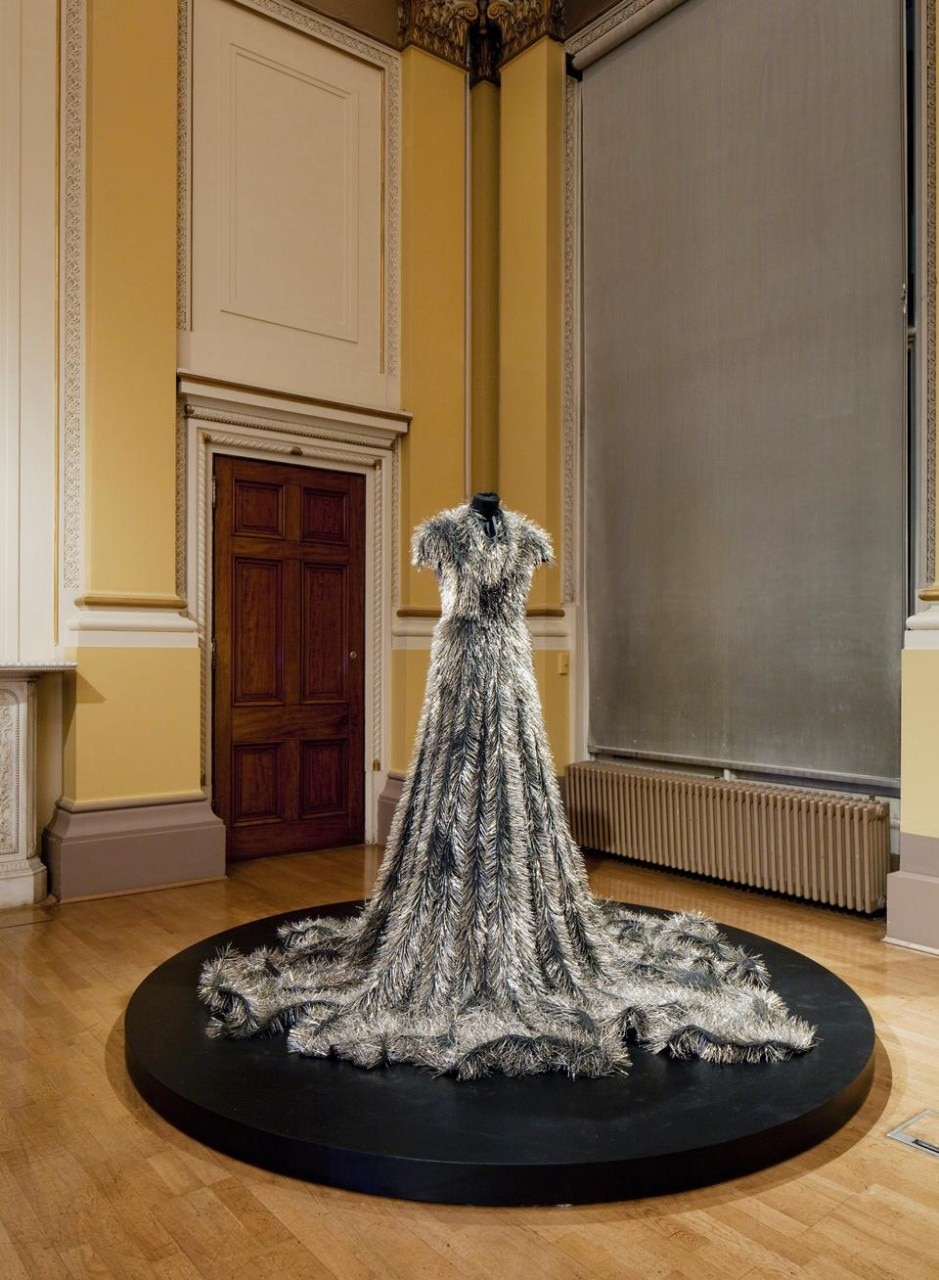
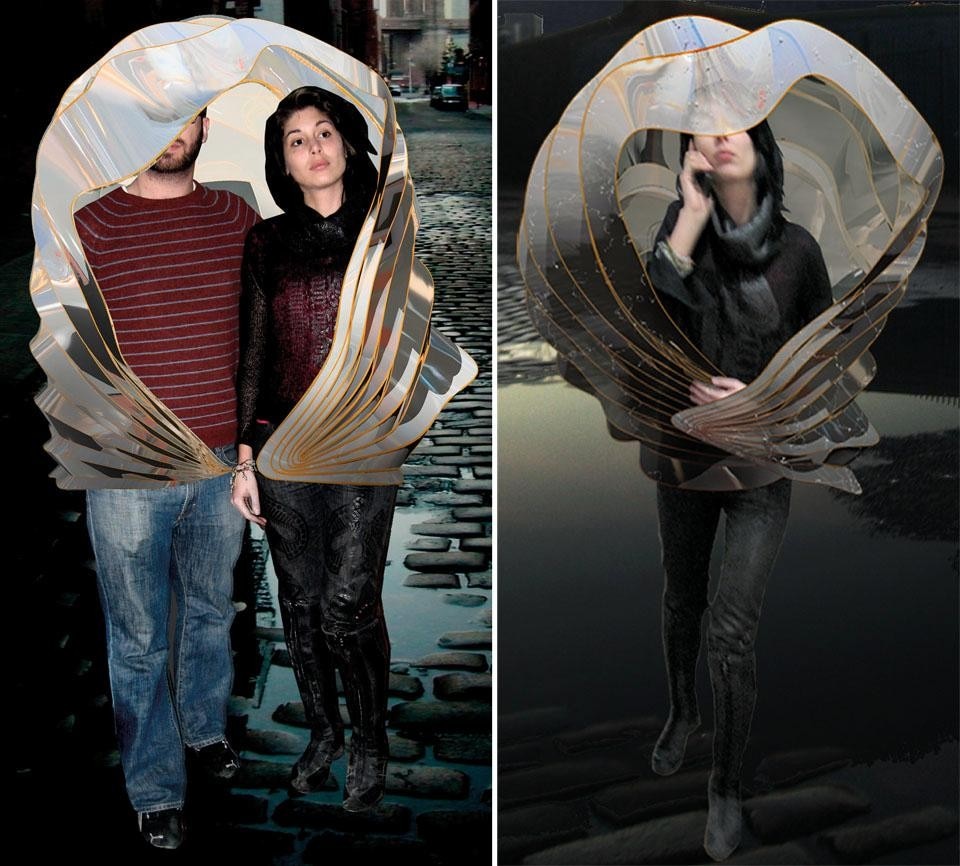
Still, there are many important works to be seen here, made by both designers (Chalayan, McQueen) and artists questioning the limitations of both genres. Despite its disposable cycle, fashion continues to be a productive site of innovation, perhaps because it embraces the spectacular to arguably disseminate more broadly than visual art. If not always thoroughly supporting its own claims, "Aware" at least urges the viewer to be more wary of the complexities of dress, and in particular, how seemingly mundane choices are borne out in manifestations of social visibility and invisibility. Kari Rittenbach
